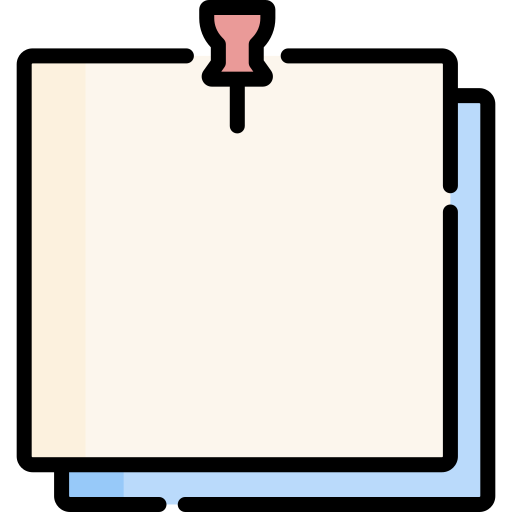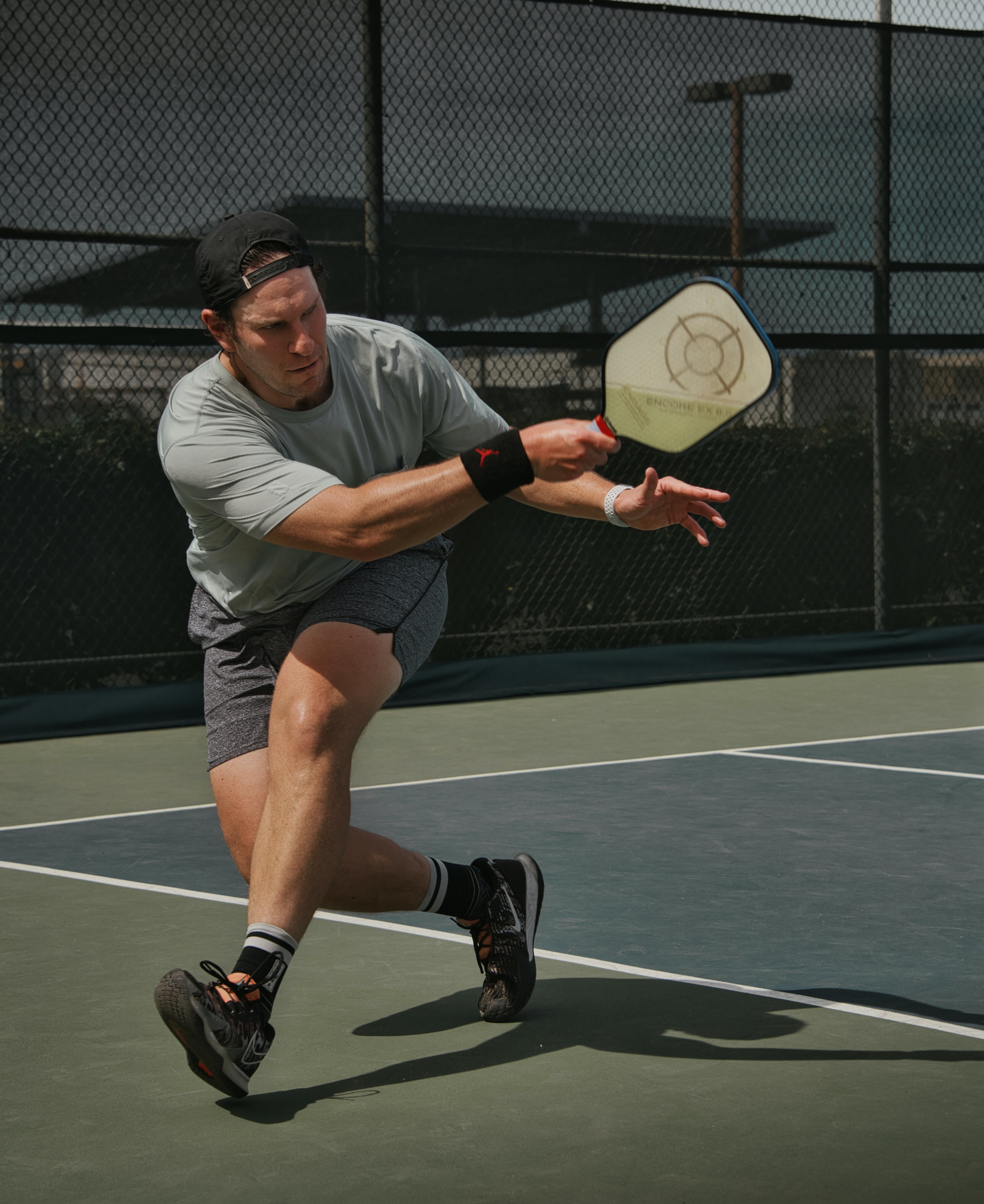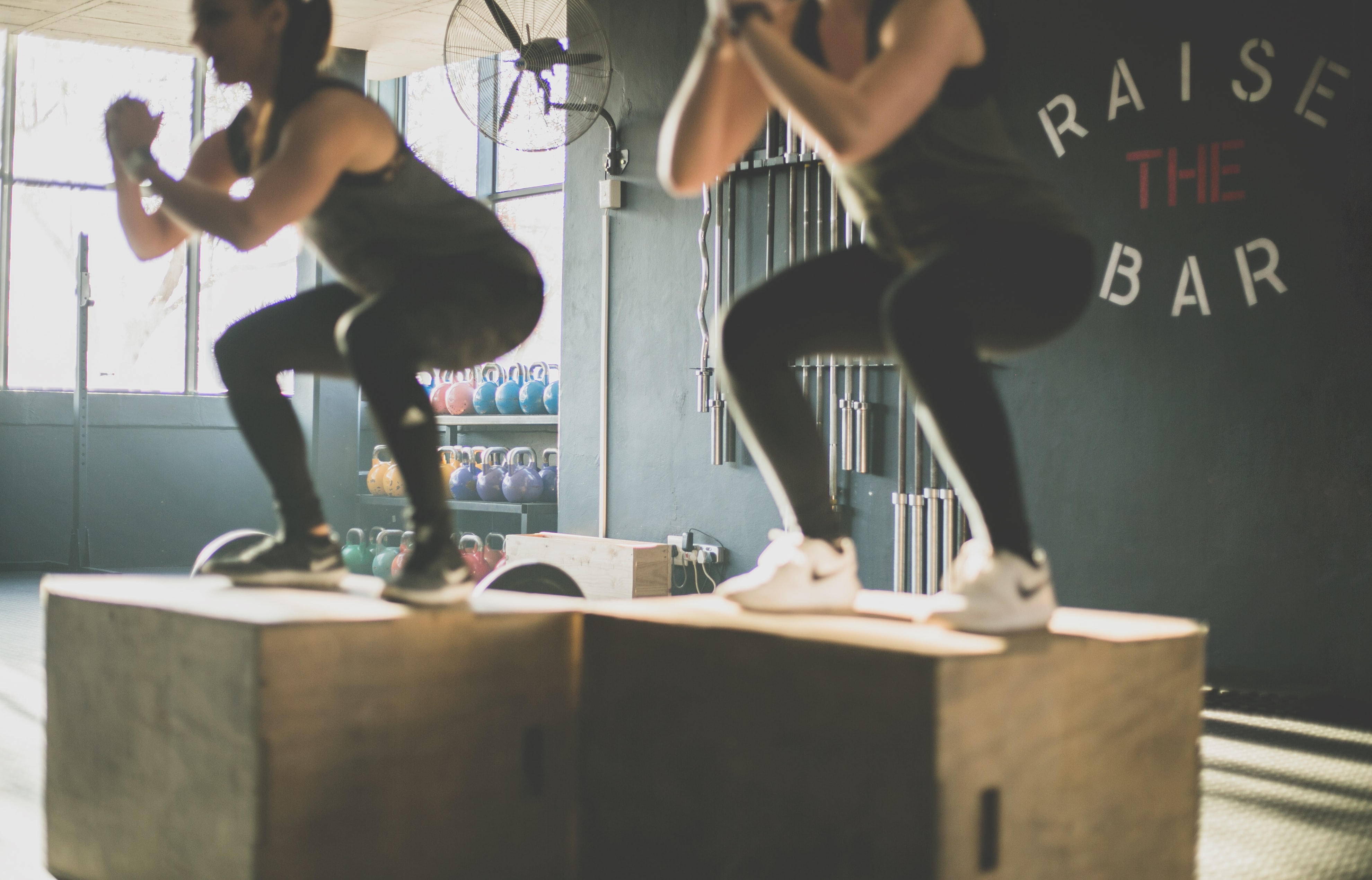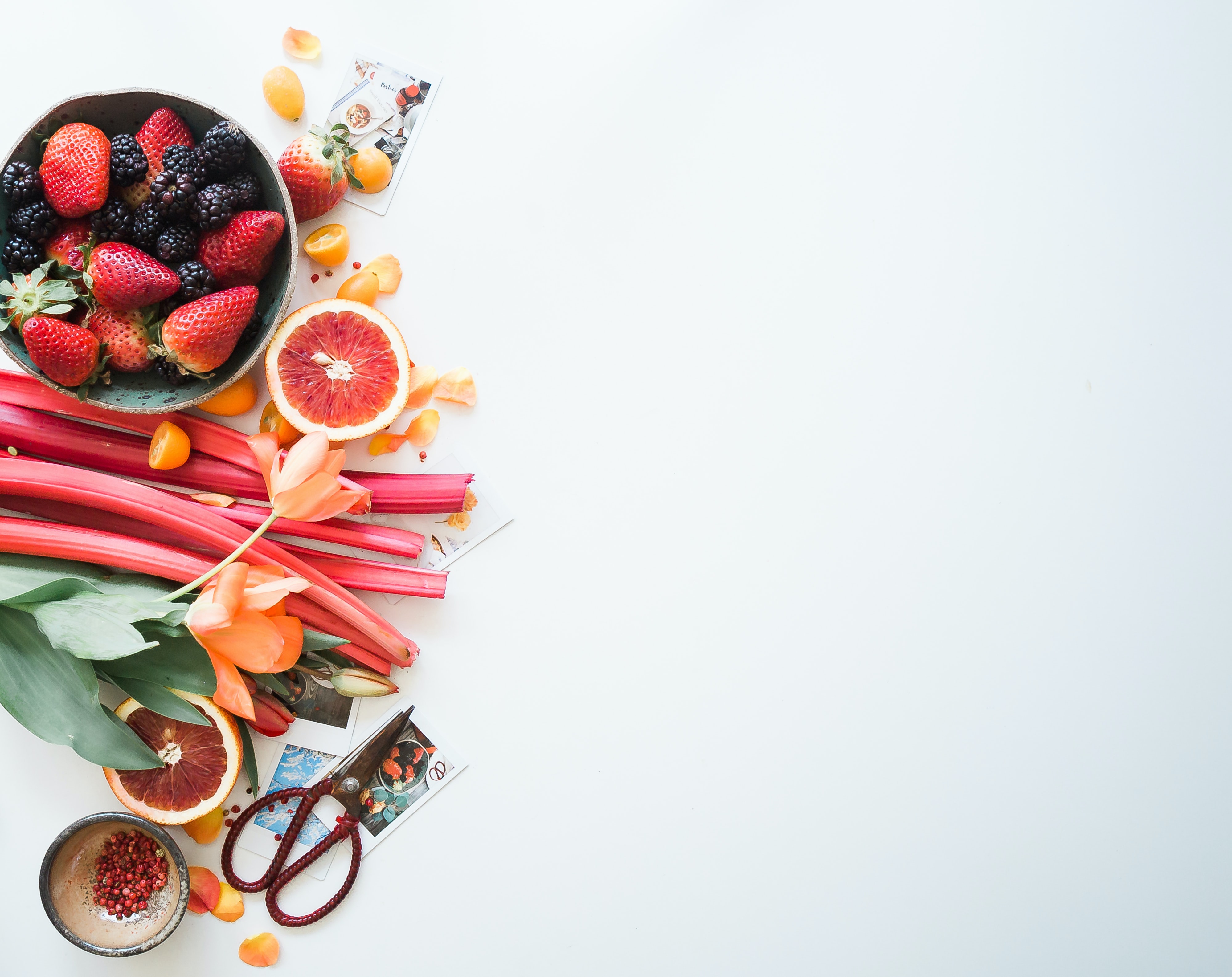
Are you tired of always being a step behind on the pickleball court? Feeling like you can never quite get to that dink in time? Don’t worry—we’ve all been there. It’s a natural part of learning a new sport that you won’t always get everything right the first few times.
The good news is that reaction time is a skill that can be improved with practice. So, keep reading if you want to up your game and become a pickleball pro!
First things first, let’s define reaction time.
What is Reaction Time?
Reaction time is the time needed for your brain to process and respond to a stimulus. If you accidentally drop a glass, do you just stare at the fragments and slowly realize what just happened? Or do you find yourself reaching out to catch it before your brain even tells you to?
Likewise, reaction time pickleball is a player’s ability to quickly respond to their opponents’ movements and shots on the court. It’s basically how quickly you’re able to swerve left or right, front or back, after your opponent’s ball in order to make a successful return.
This is particularly important due to the fast-paced nature of pickleball, which is highlighted by the fact that the pickleball court dimensions are smaller compared to other sports like tennis. The speed of the ball and the distance between players significantly impact reaction time.
How to Improve Reaction Time?
To improve reaction time, players can engage in specific drills and warm-up exercises that focus on hand speed, coordination, and rapid responses to incoming shots. Let’s get into the nitty-gritty details of improving your reaction time on the pickleball court.
- Practice, practice, practice!
The more you play pickleball, the more your brain becomes accustomed to processing and responding to stimuli quickly. Incorporate specific drills into your practice routine that focus on improving your reflexes, like the wall drill and the partner drill.
- For the wall drill, stand about six feet away from a wall and hit the ball against it. This drill allows you to work on your forehand and backhand. It also improves your reaction time and hand-eye coordination.
- For partner drills, pick a partner and hit the ball back and forth to each other in the air before it bounces. This drill helps develop hand speed and prepares you for fast-paced play on the court.


2. Train your brain with other activities.
Reaction time isn’t just about physical reflexes. Your reflexes are controlled by your nervous system, so training your brain can also enhance your reaction time. Engage in activities that challenge your brain, such as puzzles, mindfulness exercises, and even video games to improve your overall reaction time on court.
3. Stay alert and focused.
One of the most significant factors in reaction time is being mentally present and ready to react. So, stay focused on the game and avoid distractions (like checking your phone, chatting with your partner, or that cutie sitting on the bench opposite you).
You need remain focused during your pickleball match. You need to be aware of everything that’s happening on the court. This includes the movements of both your partner and your opponents, and especially where the ball is headed.

4. Work on your physical reflexes.
We’ve talked about your mental processing speed. Now, it’s time to work on your body. Having quick physical reflexes does affect your reaction time. After all, it’s not enough to see the ball and know that it’s coming if you’re not physically fit enough to go after it.
To increase your physical reflexes and build your endurance for pickleball, engage in exercises that improve hand-eye coordination. This can be catching a ball or playing catch with a partner.


5. Get plenty of rest.
The human brain needs good quality sleep to function at its best. So, sleep deprivation can totally impair cognitive abilities, including your reaction time. In fact, studies have shown that people who continue to lack sleep have longer reaction times (meaning it takes longer for them to react to a stimuli) and increased feelings of sleepiness.
Not only can you not play while sleepy, but you might even accidentally fall asleep on the court in the middle of a game! Your body will be torn between the need to sleep, the need to stay awake, and the need to keep on playing. You won’t have much time or energy left to focus on anything else.
To play effectively and safely on the pickleball court, try to get enough sleep of at least seven to nine hours per night for adults. And take breaks when needed. Don’t rely too much on coffee and other stimulants. Nothing can replace a good night’s sleep and proper rest.


Improve Your Pickleball Reaction Time
Trying to improve your reaction time for pickleball won’t happen overnight, but it will happen with enough dedication and practice. You’ll be hitting those dinks and volleys in no time!
So, get out there and start working on your game—your opponents won’t know what hit them.